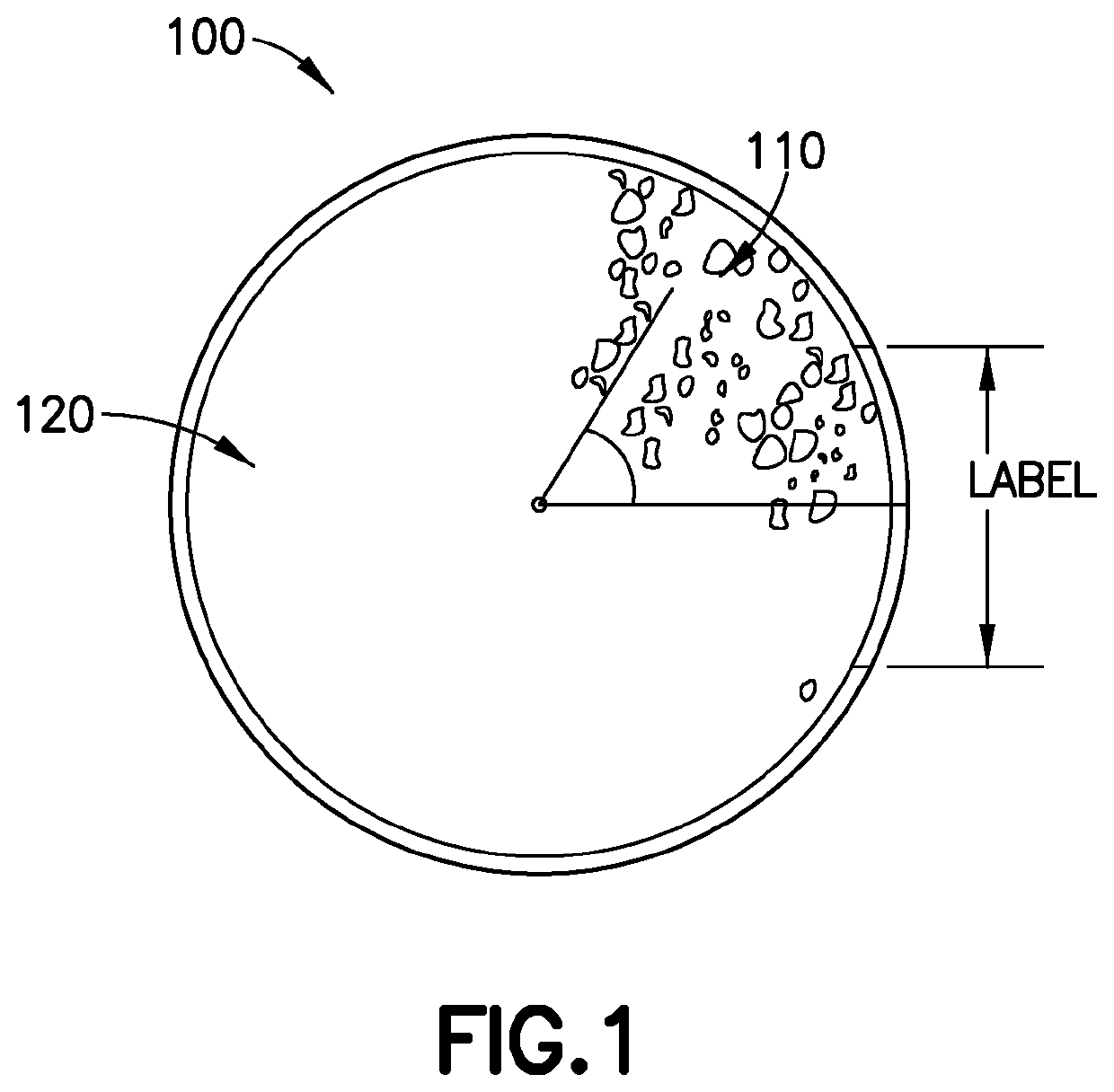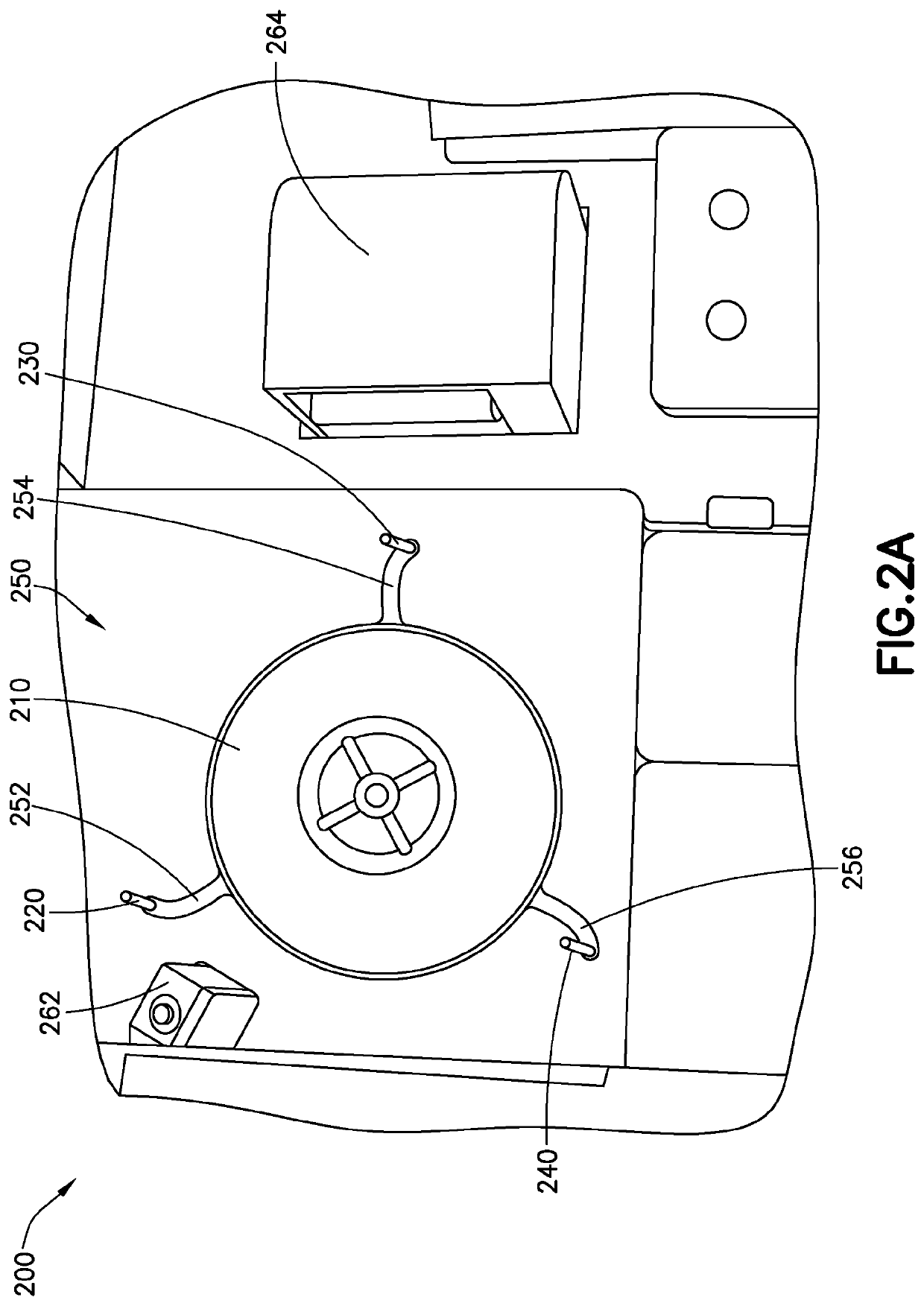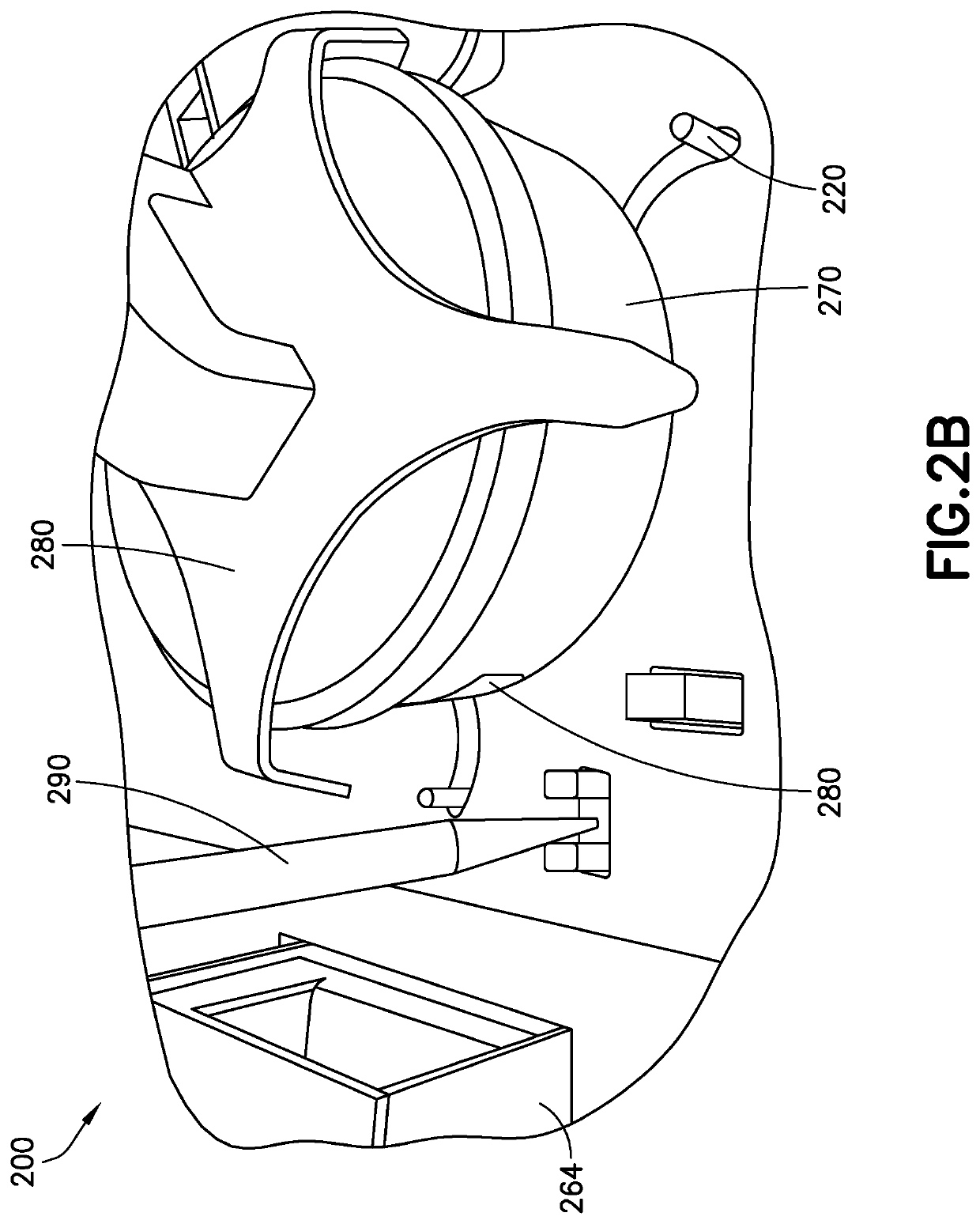Method and system for locating a bacterial colony on a culture plate
- Summary
- Abstract
- Description
- Claims
- Application Information
AI Technical Summary
Benefits of technology
Problems solved by technology
Method used
Image
Examples
first embodiment
[0039]In the first embodiment, the colony locations can be marked using a laser pointing device directed either at the surface of the culture dish or an image of the culture dish. One example of how a laser pointing device might be used to locate colonies is described in detail below.
second embodiment
[0040]In a second embodiment, a view finder with crosshairs (i.e. a pair of fine wires or lines crossing at right angles in the focal plane) is used to assign the colony coordinates relative to the fiducials. This embodiment is illustrated in FIG. 14. In this embodiment, the view finder is used with an angled mirror (about forty-five (45) degrees in one embodiment) so that the user can look into the view-finder in a direction that is approximately parallel to the surface on which the colonies are located. The angled mirror re-orients the user's field of view approximately ninety (90) degrees so that the user can look into the viewfinder in an approximately horizontal direction and view the surface on which the colonies are located from a vertical perspective. As described in further detail below, the view finder is used to allow a user to manually view a colony and register its coordinates with reference to the plate center and label center fiducials. Registration of such coordinate...
PUM
| Property | Measurement | Unit |
|---|---|---|
| diameter | aaaaa | aaaaa |
| field of view | aaaaa | aaaaa |
| tension | aaaaa | aaaaa |
Abstract
Description
Claims
Application Information
 Login to View More
Login to View More - R&D
- Intellectual Property
- Life Sciences
- Materials
- Tech Scout
- Unparalleled Data Quality
- Higher Quality Content
- 60% Fewer Hallucinations
Browse by: Latest US Patents, China's latest patents, Technical Efficacy Thesaurus, Application Domain, Technology Topic, Popular Technical Reports.
© 2025 PatSnap. All rights reserved.Legal|Privacy policy|Modern Slavery Act Transparency Statement|Sitemap|About US| Contact US: help@patsnap.com



